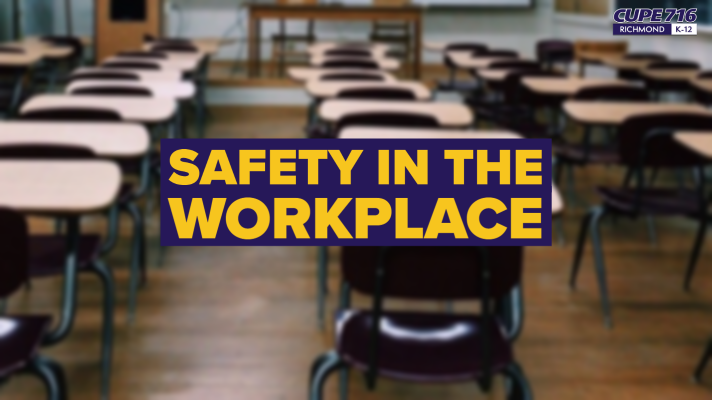As the heatwave continues, please take a moment to read the press release below from WorksafeBC. There are some great tips contained both in the press release, and the PDF fact sheets. Stay safe and cool everyone.
WorkSafeBC reminds employers and workers how to stay safe when working outdoors
Richmond, B.C. – With the heatwave across B.C. expected to last for the next several days, WorkSafeBC is reminding employers and outdoor workers about the risk of developing heat stress. If not recognized and treated early, heat stress can lead to heat exhaustion and heat stroke.
“In the last three years, there have been almost 100 accepted claims for work-related injuries caused by heat stress — and these are preventable injuries,” said Barry Nakahara, Senior Manager of Prevention Field Services at WorkSafeBC. “We’re reminding workers and employers to take steps to prevent heat stress. This includes reducing exposure to the sun wherever possible, drinking lots of water, wearing the right clothes, and taking rest breaks in cool, well-ventilated areas.”
Symptoms of heat exhaustion include excess sweating, dizziness, fainting and muscle cramps. Symptoms of heat stroke include cessation of sweating, an increased breathing rate, confusion, seizures and even cardiac arrest.
To prevent heat-stress injuries, WorkSafeBC requires employers to conduct heat stress assessments. As appropriate, employers must have a heat stress mitigation plan that provides education and training in recognizing the symptoms of heat stress and heat stroke.
Below are some measures that employers and workers can do to prevent heat stress.
Prevention of Heat Stress: Employers
- Monitor heat conditions and require workers not to work alone.
- Ensure there is adequate first-aid coverage and emergency procedures are in place.
- Make physical modifications to facilities, equipment, processes to reduce exposure.
- Change work practices and policies to limit the risk.
- Determine appropriate work-rest cycles; when a worker feels ill it may be too late.
- Rotate work activities or use additional workers to reduce exposure.
- Establish cooling areas with shade and water.
Prevention of Heat Stress: Workers
- Drink plenty of water (one glass every 20 minutes).
- Wear light-coloured, loose-fitting clothing made of breathable fabric, such as cotton.
- Take rest breaks in a cool, well-ventilated area.
- Do hard physical work during the coolest parts of the day, before 11 a.m. and after 3 p.m.
- Know your personal risk factors, such as medications and any pre-existing conditions.
- Check the signs and symptoms for yourself and co-workers.
Learn more about heat stress at worksafebc.com. Read Preventing Heat Stress at Work or watch Sun Safety at Work on WorkSafeBC’s YouTube channel.
About WorkSafeBC
WorkSafeBC engages workers and employers to prevent injury, disease, and disability in B.C. When work-related injuries or diseases occur, WorkSafeBC provides compensation and support to people in their recovery, rehabilitation, and safe return to work. We serve approximately 2.3 million workers and 255,000 employers across B.C.
For more information, contact:
Media Relations, WorkSafeBC
Email: media@worksafebc.com

